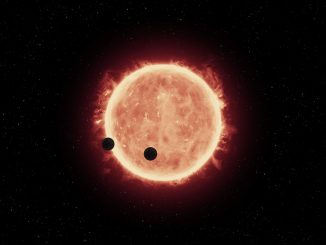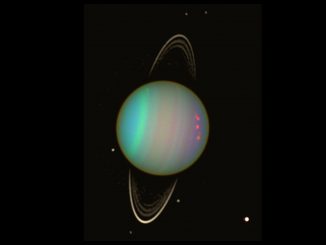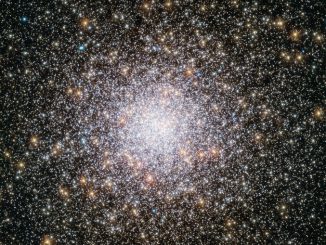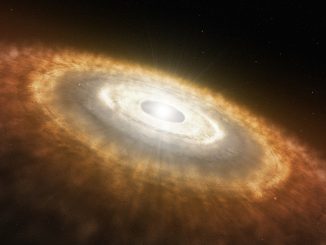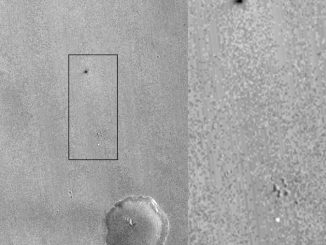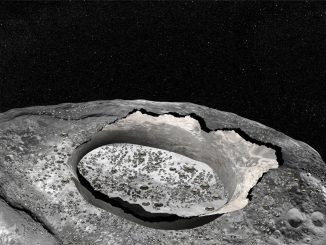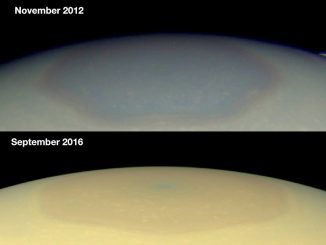
The changing colours of Saturn’s north pole
Scientists are investigating potential causes for the change in colour of the region inside the north-polar hexagon on Saturn, thought to be an effect of the planet’s seasons. In particular, the change to a more golden hue may be due to the increased production of photochemical hazes in the atmosphere as the north pole approaches summer solstice in May 2017.

